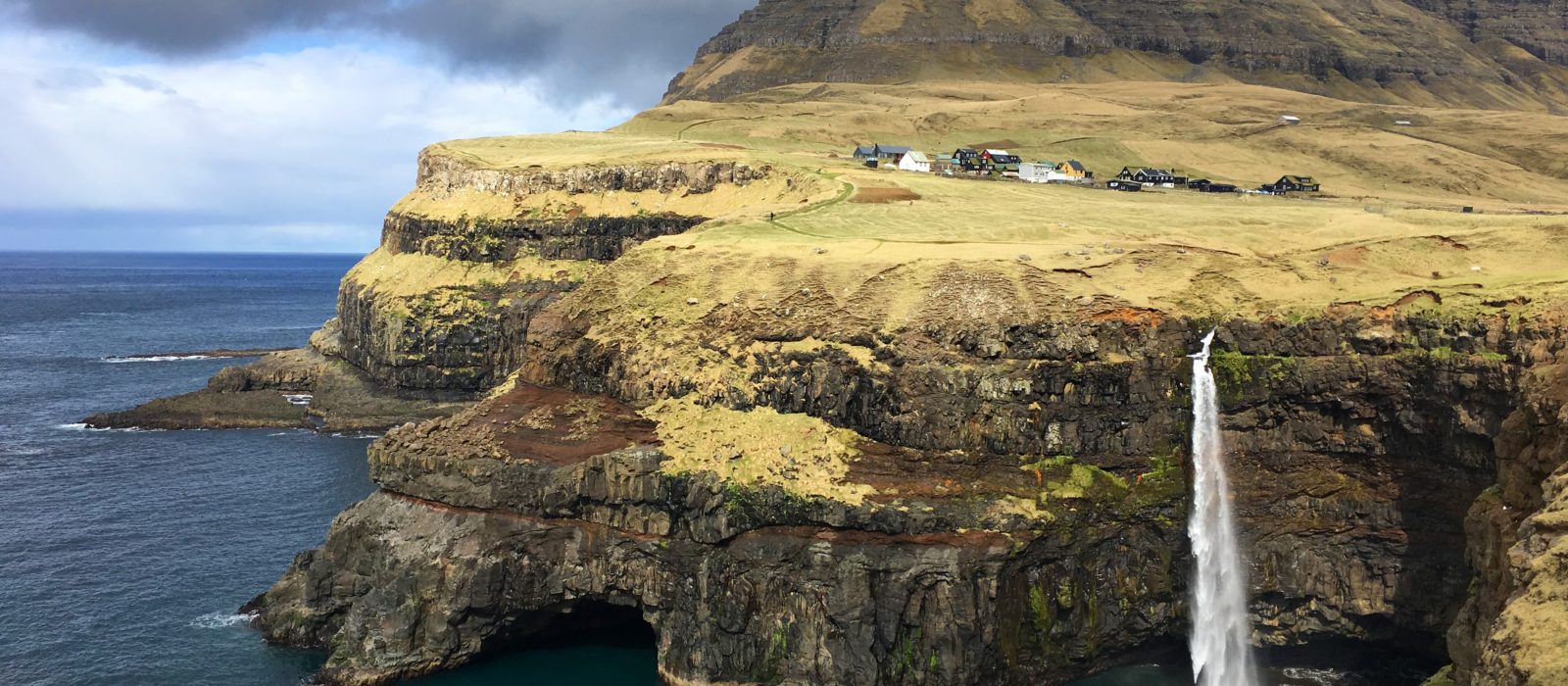Published on: June 28th, 2018
Last modified: July 6th, 2018
The Norwegians joke that when the Vikings set sail for Iceland, the lazy ones stopped off in Faroe. If that’s a light-hearted jibe at the Faroese, it’s still a pretty unfair assessment of a people who have forged a modern nation out of a remote group of islands in the North Atlantic. Life here is subject to the whims of Mother Nature, yet the Faroese have a culture and way of living that is uniquely theirs. In many respects the Faroe Islands reminded me of the Caribbean: a small island nation of diverse ethnic heritage; a somewhat conservative community where the church is the centre of social life; a rich local culture distinct from the country’s colonial heritage; brightly-painted houses hugging the coastline and breath-taking nature. Here are some photos from my recent trip to this fascinating country.
Tórshavn is a charming capital city. At its heart, clustered around the port, is a jumble of historic wooden buildings, packed in together so tightly you wonder if the streets are actually someone’s garden path. There is a little harbour with sailing boats and beyond that the port proper. Tórshavn is eminently walkable and an excellent base for discovering the whole country: nowhere is more than 2 hours’ drive or ferry ride away.
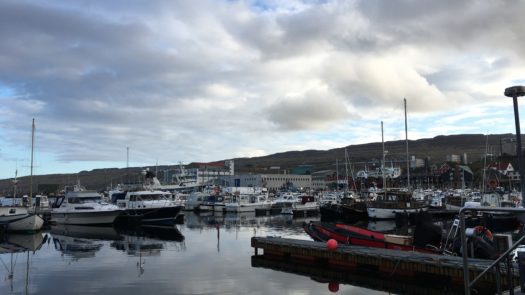
Facilitating this accessibility is the country’s excellent infrastructure. The roads are in perfect condition and the two (soon to be three) sub-sea tunnels connect some of the bigger islands. There are also many tunnels that pierce through the mountain sides, shortening journey times and bypassing mountain routes that can be treacherous in the winter. The village of Gásadalur was only connected to the rest of the country by a single-track tunnel in 2006. Until then it was totally isolated, and the postman had to make the 2.5 hour hike through the mountains 5 days a week to deliver mail to no more than a dozen houses.
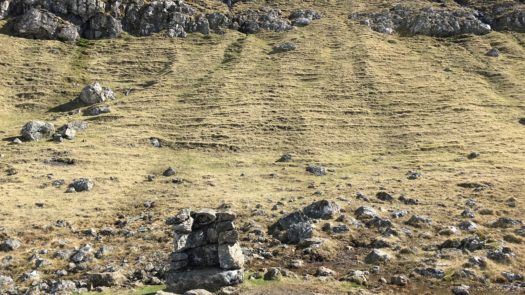
It’s examples such as the Gásadalur postman which make such nonsense of the Norwegian joke. The Faroese people have learned to live at the mercy of Mother Nature and it is also from this that the concept of kanska (“maybe”) derives: in a group of isolated islands with highly variable weather, it’s hard to guarantee anything. You’ve always got to have a Plan B up your sleeve. Nature is certainly what attracts most visitors to the Faroe Islands. The rocky, treeless landscapes inspired a meditative silence among our walking group. Their distinctive geological features also make them instantly recognizable: the iconic images of the Faroe Islands are of Lake Sorvagsvatn and Gásadalur Waterfall as well as the puffin cliffs of Mykines.
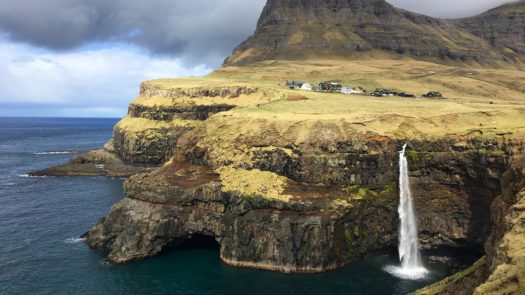
But the landscapes of the Faroe Islands are much more than just fodder for Instagram. The hills and mountains are imbued with legend and folklore and are the key to understanding Faroese culture. On one hike we came across what looked like a pulpit, crudely constructed out of loose rocks. It was the focal point of a local “thing”, the Faroese term given to a sort of parliament, where the islanders would once gather to discuss cultural or political issues.
The land is totally unsuited to farming and only 5% of the country is under cultivation. Most of the land is given over to sheep rearing and these hardy beasts have even given their name to the country: Faroe literally means Sheep Islands. Faroese knitwear is something of a niche export; for a long time, wool factories were uninterested in the brown and black wool of Faroe sheep, but fashions are beginning to change.
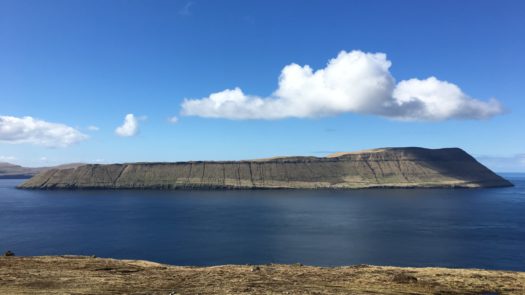
While sheep-rearing remains important, the real resource of the Faroe Islands is the sea. The waters around the islands are a stable temperature all year round and fish farming makes up 50% of the Faroese economy. Given the importance of sheep and fish to the Faroe Islands, it’s no surprise that they feature heavily in Faroese cuisine. The islands count several excellent restaurants, including the Michelin-starred KOKS and local institution Katrina Christensen.
Another Faroese cultural institution is the chain dance. It is a technically simple dance: two steps to the left and one step back. It is led by a “skipper”, who also leads the singing. The folk ballad is an intrinsic part of the dance. Incredibly expressive, the rhythm of the singing and the dancers’ body language convey the meaning and emotions of the story as much as the words do.
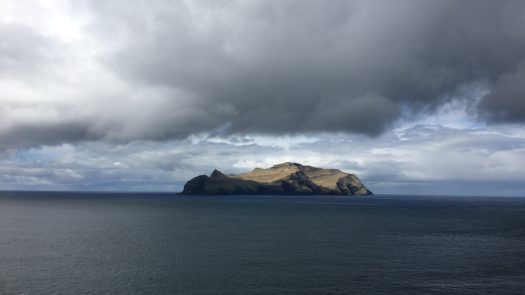
The Faroese have a playful sense of humour and they’re easy to engage in conversation, something which perhaps comes slightly harder to their Nordic neighbours. Everyone knows everyone here, and you could easily bump into the Prime Minister buying a loaf of bread in the local supermarket. In the end, it’s not the landscapes that will leave greatest impression of the Faroe Islands, but rather the people you meet here. The chance to belong briefly to this community is what makes coming to the Faroe Islands so special.
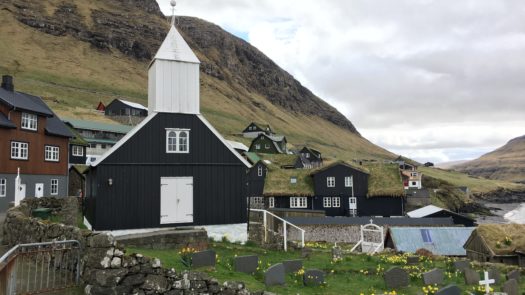
If you would like to explore the remote Faroe islands in search of traditional Viking culture and intoxicating wilderness, get in touch with one of our travel designers today.
